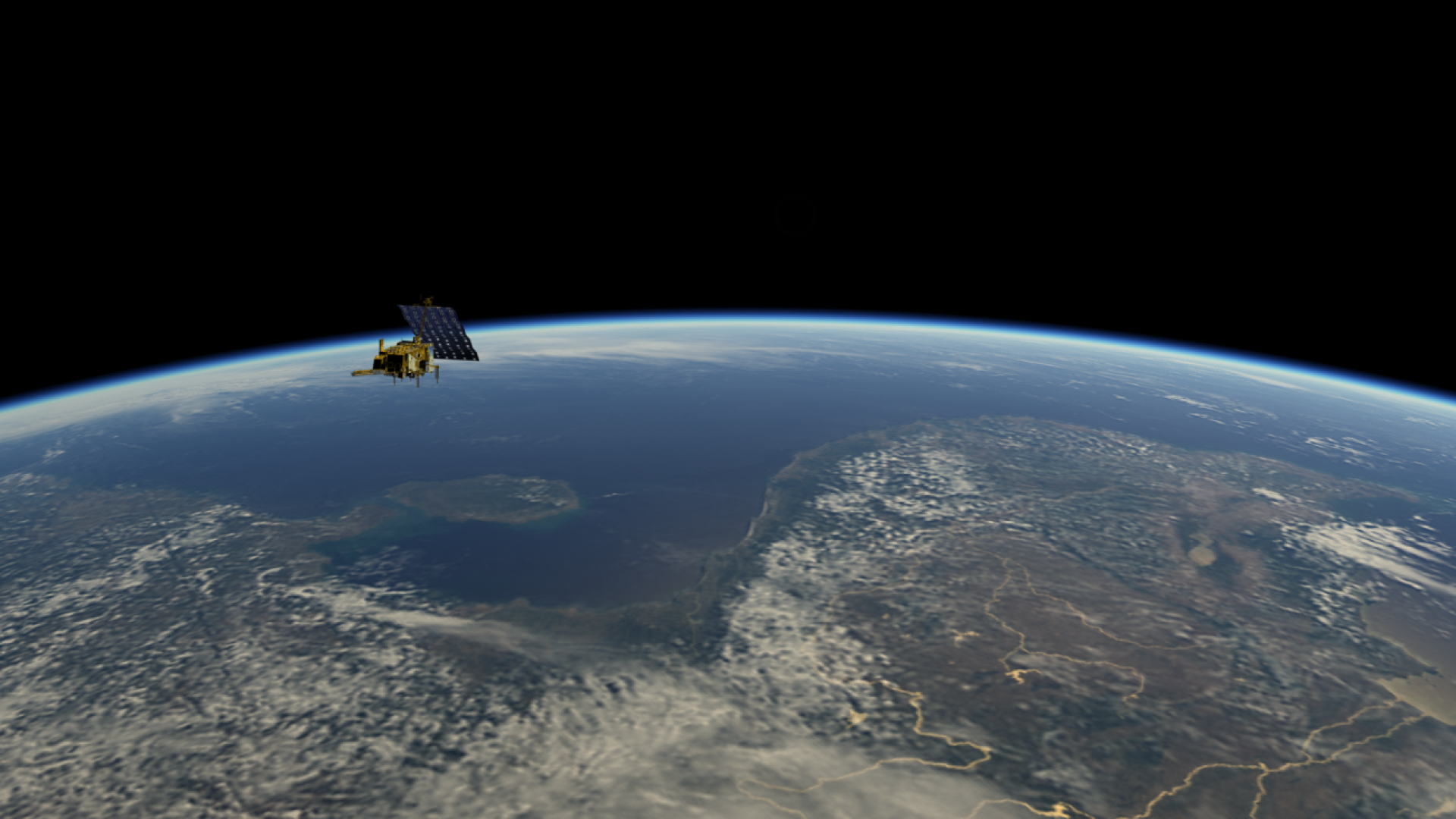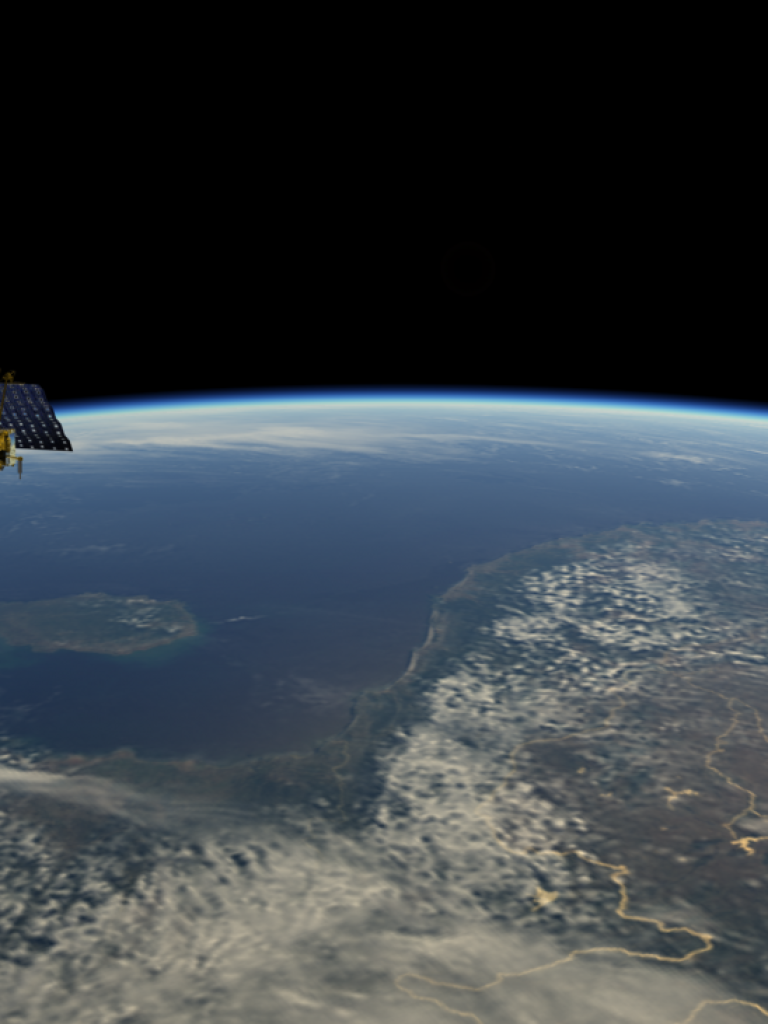
Metop-A celebrates 10 years in orbit and high impact on weather forecasts


Ten years ago today, EUMETSAT’s first polar-orbiting meteorological satellite, Metop-A, was launched by Soyuz from Baikonur, Kazakhstan.
05 November 2024
19 October 2016
The first in a series of three Metop satellites , Metop-A has far exceeded its design lifetime of five years and continues to deliver excellent observations from its nominal sun-synchronous orbit 817km above the Earth, flying 49 minutes behind its sister satellite Metop-B, which was launched in September 2012. The third satellite in the series, Metop-C, is planned for launch at the end of 2018.
The Metop satellites, together with a full ground system, form the EUMETSAT Polar System (EPS), which has been developed in partnership with the European Space Agency (ESA ), the Centre National d’Etudes Spatiales (CNES ) and the US National Oceanic and Atmospheric Administration (NOAA ) and is now exploited by EUMETSAT as Europe’s contribution to the Initial Joint Polar System shared with the United States.
"The Metop satellites are the most valuable component of the global observing system for numerical weather prediction"
Over the past ten years, Metop-A has completed more than 50,000 orbits around the Earth and downlinked more than 100 terabytes of data to ground stations in Svalbard and McMurdo. This data has been transformed by EUMETSAT into more than 67 million ‘products’ disseminated in real time to the European Centre for Medium-range Weather Forecasts (ECMWF ), National Meteorological Services in EUMETSAT’s 30 Member States and end users around the globe, to improve weather forecasts up to 10 days.
Florence Rabier, Director-General of the European Centre for Medium-Range Weather Forecasts (ECMWF) said: “Experiments at ECMWF have firmly established that the Metop satellites are the most valuable component of the global observing system for numerical weather prediction, their impact extending from the first days in the forecasts throughout the whole medium-range. This is due to advanced instruments such as the Infrared Atmospheric Sounding Interferometer (IASI), which provides 3D information on temperature and humidity, being backed up by complementary observations from a diverse array of other sensors onboard the Metop satellites."
Alain Ratier, Director-General of EUMETSAT, said: “Today dual Metop observations account for 31% of the error reduction in day 1 forecasts due to all observations ingested in real time by numerical prediction models, and we hope to exploit Metop-A until 2021, three times longer than its five year design lifetime. This measures the success of our EPS programme which we share with ESA, CNES and European space industry”.

